Just outside the historic walls of Puerto Rico’s capital, San Juan, lies a colourful town—La Perla, which means “the pearl”—hugging the blue waters of the Atlantic Ocean. The name is fitting. Next to the elegance of Old San Juan’s colonial architecture, this neighbourhood shines like a pearl on the seashore. The world has learned this place primarily through the video for Luis Fonsi and Daddy Yankee’s hit song “Despacito.” Thanks to that video, La Perla’s colourful houses, rocky beaches, and vibrant atmosphere have become a dream destination for millions worldwide.
But behind these colourful walls lies a long history, struggle, tradition, and the story of a steel-hardened community. La Perla Puerto Rico is not just a beautiful tourist destination but a living document of Puerto Rico’s social and cultural history.
The Birth of a World Beyond the Walls – The History of La Perla Puerto Rico

To understand the story of La Perla, we must go back to the 18th century. At that time, San Juan was an important stronghold of the Spanish colonial power. The city was surrounded by high stone walls, within which the Spanish nobility and military officials lived. According to Spanish law, building cemeteries or establishing slaughterhouses within the city walls was forbidden. Enslaved people, non-white servants, and the so-called “low class” of society were also not allowed to live within the walls.
In this context, La Perla was built outside the walls on a sloping land by the sea. Its location was strategic—outside the city but close by. On one side was the Santa María Magdalena de Pazzis Cemetery, built outside the walls for the city’s elite. On the other side was a slaughterhouse. As a result, the people who settled in this area were mainly slaughterhouse workers, freed enslaved Africans and their descendants, and homeless people.
From the beginning, La Parla was an isolated and marginalised community. The elite beyond the walls looked down upon it. But this isolation brought the people of La Parla closer to each other. They built a new social order in which interdependence and communal bonds were the main strengths. Out of this adversity, a distinct culture was born, still integral to La Parla’s identity today.
The Soul of a Community – Culture, Art, and Lifestyle
La Parla’s greatest asset is its people and their unbreakable communal bonds. Generations have made this place their home. Everyone knows everyone here. Neighbours are not just neighbours; they are part of the family. The sounds of children playing, the stories of the elders, and the roar of the Caribbean waves—that’s what everyday life in La Parla is all about.
Music and Art:
Like Puerto Rican culture, music is in the blood of La Parla. From salsa, bomba, plena, to modern reggaeton, all kinds of music float in the air here. Long before ‘Despacito’ became world-famous, La Parla was a fertile ground for music. The people here love to party, and music is their main way of celebrating
In recent years, La Parla has become a great centre for visual arts. Young artists from the community have used their talents to turn the neighbourhood walls into colourful canvases. The murals here are not just symbols of beauty; they tell the story of their history, culture, and resistance. The famous basketball court, which is featured in the video for ‘Despacito’, is a great example of the community’s collective effort, with its bright colours and design.
Lifestyle:
Life in La Parla is simple, unpretentious, but vibrant. The houses here may not be grand, but they are built with love. From the windows of every home, you can see the endless blue Atlantic. The sea is an integral part of the lives of the people here. Their livelihood, their entertainment, their inspiration. Children play on the rocky beaches, and young people surf. And fishermen go out early in the morning in search of a living.
There is an unspoken rule in this community. Everyone knows that they have to help each other and stand by each other in times of danger. During a terrible natural disaster like Hurricane Maria, when government aid was slow to arrive, the people of La Parla held each other’s hands and rebuilt their homes. This resilience or ability to bounce back is the true beauty of La Parla.
The ‘Despacito’ Effect – A Blessing or a Curse?
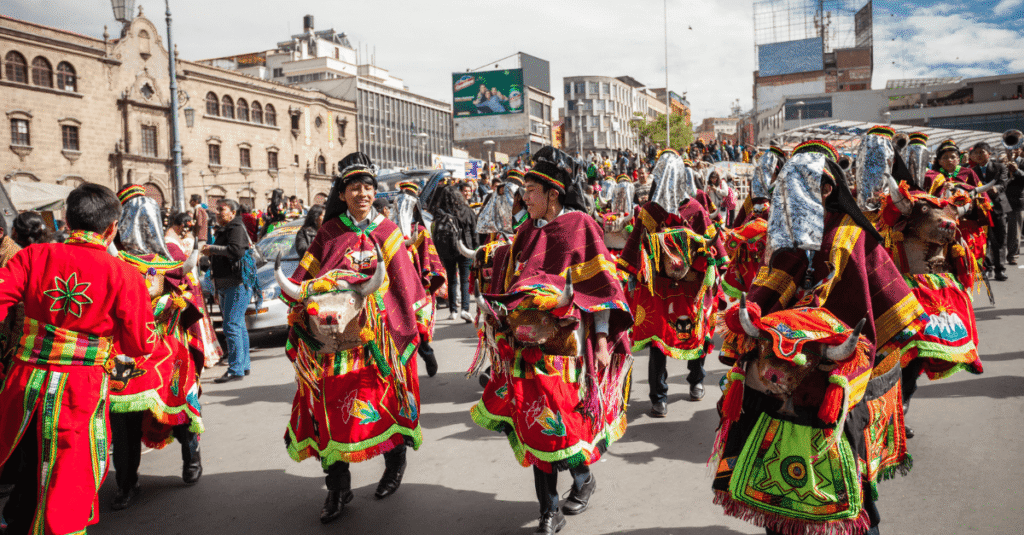
La Parla’s fortunes changed in 2017 with the release of the song ‘Despacito’. After the video received billions of views on YouTube, La Parla became an adorable name for tourists worldwide. What was once considered one of the most dangerous areas of San Juan became a ‘must-visit’ destination.
Positive aspects (blessings)
- Tourism boom: After ‘Despacito,’ La Parla saw a huge increase in tourist arrivals, invigorating the local economy. Small shops, eateries, and souvenir shops sprang up.
- Regained pride: The global fame gave La Parla residents a new confidence and pride. It made them think again that their previously neglected neighbourhood could be beautiful.
- Change in negative perceptions: The crime and drug abuse that La Parla had are now much less of a problem. People are starting to see it as a vibrant and colourful community.
Negative aspects (curse):
- Gentrification: As soon as it became a tourist attraction, outside developers and investors started to look at La Parla. Land prices began to rise, and there was a fear that wealthy outsiders would come and evict the old residents. This is called ‘gentrification’, and it is a major threat to many historic communities worldwide.
- Commercialisation of culture: Many locals feel their culture is being used merely to entertain tourists. Tourists often come to take selfies, but they show no respect for the community’s history or their daily lives.
- Excessive tourist pressure: The influx of excessive tourists has created a fear that the peaceful and homely atmosphere here will be destroyed. The crowds in the narrow streets and the noise of people coming from outside disrupt the normal life of the locals.
The ‘Despacito’ effect is a double-edged sword for La Parra. On the one hand, it has brought economic opportunities and recognition. On the other hand, it has threatened its very essence and existence.
Travelling Inside the Pearl – A Guide for a Responsible Tourist
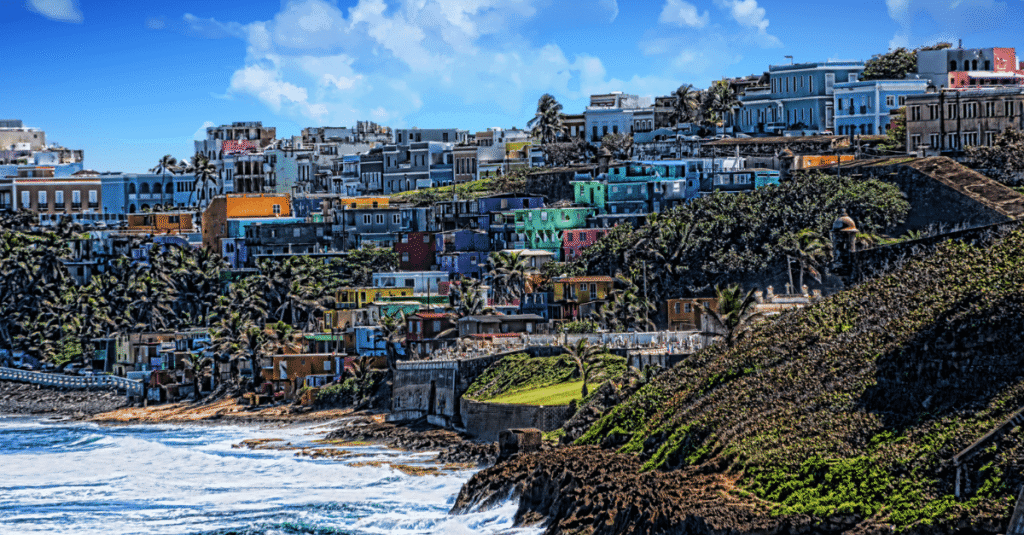
If you plan a trip to La Parra, a few things are very important to remember. Remember, this is not a theme park but a home to many people. Your trip will only be worthwhile if you show respect and sensitivity to the community.
Safety and Respect:
La Parra has a long-standing reputation as a crime-prone area. Although the situation has improved significantly since ‘Despacito’ and community leaders have taken many steps to increase safety, it is still wise to take some precautions.
- Go during the day: The best time to visit La Parra is morning to afternoon. It is advisable not to walk alone after sunset.
- Respect the locals: The people here are friendly, but they are not zoo animals. Always ask permission before taking pictures of anyone, and be especially sensitive when taking photos of children.
- Dress and conduct: Dress modestly and avoid behaviour that disrespects the local culture.
- Talk to locals: If you get the chance, talk to locals. You will hear the real story of La Parra from their lips. Spanish is an advantage. However, many speak broken English.
What to see and do:
- Colourful houses and murals: Stroll through the narrow streets of La Parra and enjoy its vibrant architecture and murals. A new surprise is hidden around every corner.
- Basketball court: You can visit the famous basketball court from ‘Despacito’, now a symbol of community unity.
- Spend time at the beach: La Parra has a small rocky beach, locally known as ‘El Bowl’. You can sit here and listen to the roar of the sea. However, it is not very safe for swimming.
- Support local businesses: There are a few small shops or eateries here. Buying something from them will directly help the local economy.
- Santa María Magdalena de Pajis Cemetery: This historic cemetery, located next to La Parla, is a must-see. The white crosses and statues on the seashore create an ethereal scene.
Responsible tourism is not just about taking pictures but also about respecting a place’s culture and people and participating in their development.
Facing the Future – Struggles and the Fight for Survival

La Parla’s future is full of opportunities as well as challenges. The biggest challenge is to preserve its identity. On the one hand, the pressure of globalisation and on the other, the threat of gentrification. The biggest struggle between these two is to preserve their traditions and community.
Hurricane Maria (2017) devastated La Parla, destroying many homes. But even in the face of this disaster, the people of La Parla showed their strength. Instead of waiting for government help, they started rebuilding themselves. This incident proves that no outside force can easily break this community.
Many community organisations and local leaders are working to preserve La Parla’s traditions and sustainable development. They want tourism to come, but not to let it get out of the locals’ control. They want to create a model where tourists come, which benefits the economy. Still, the spirit of La Parla remains intact.
The story of La Parla is not just the story of a small town in Puerto Rico. It reflects the struggles of all marginalised communities worldwide, who fear losing their identity under the pressure of modernity. Their struggle teaches us that development is possible by respecting history and including the community.
Frequently Asked Questions (FAQ)
Question 1: Where is La Perla located?
Answer: La Perla is located on the north side of the historic wall of San Juan, the capital of Puerto Rico, on the Atlantic Ocean coast. It is situated between Old San Juan and El Morro Fort.
Question 2: How has La Perla changed since ‘Despacito’?
Answer: After the incredible success of the song ‘Despacito’, La Perla became known worldwide and became a popular tourist destination. This has boosted the local economy and reduced negative perceptions about the area. However, it has also created negative impacts, such as the risk of gentrification and the pressure from excessive tourism.
Question 3: Is La Perla safe for tourists?
Answer: La Perla is much safer now than it used to be, especially during the day. Community leaders are very aware of safety. However, as with any new place, you should take the usual precautions. For example, be careful with valuables, don’t walk alone after dark, and respect local rules and culture.
Question 4: Can I take pictures of people in La Perla?
Answer: It is always necessary to ask permission before taking a personal picture of someone. This is common courtesy, not just for La Perla, but for any place. Remember, you are entering their personal space. You have no right to make them feel disrespected. There is no objection to taking pictures of murals or natural scenery.
Question 5: Why is La Perla called “The Pearl”?
Answer: There are several theories about the origin of its name. One popular idea is that its location on the seashore outside the city walls makes it look like a pearl hidden inside an oyster. Its beauty and unique location are believed to be the reason behind the name.
Question 6: What are the residents of La Perla like?
Answer: The people of La Parla are very proud, independent, and communal. They have a long history of surviving against difficult odds. They deeply love their traditions and community. Although the outside world has many misconceptions about them, they are very friendly and hospitable, as long as they and their homes are respected.
Conclusion: A Living Pearl
La Perla is not just a colourful neighbourhood or a music video shooting spot. It is a living combination of history, culture, struggle, and humanity. Hidden in every wall, every alley, and every person’s smile is a story of survival for generations.
As citizens of the world, when we see a place like La Perla, it is our responsibility to delve deeper into its outer beauty. We must understand that every brick and stone here tells a story, and every face carries history. ‘Despacito‘ has brought us to the doors of La Perla.
But it is our responsibility to discover its soul. If we enter that world with respect and love, we will not only return with some beautiful pictures. We will return with an unforgettable experience and an invaluable lesson in human resilience. La Perla is truly a pearl, but its true brilliance lies in its people, in their unbreakable bonds.

Hi, I’m M Saif, a digital marketer with a strong focus on SEO and content writing. I help businesses improve their online visibility, drive organic traffic, and create engaging content that converts. With a results-driven approach, I work on strategies that not only boost rankings but also deliver real value to audiences.



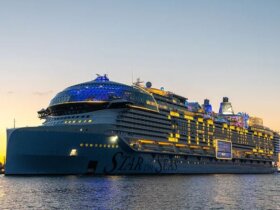
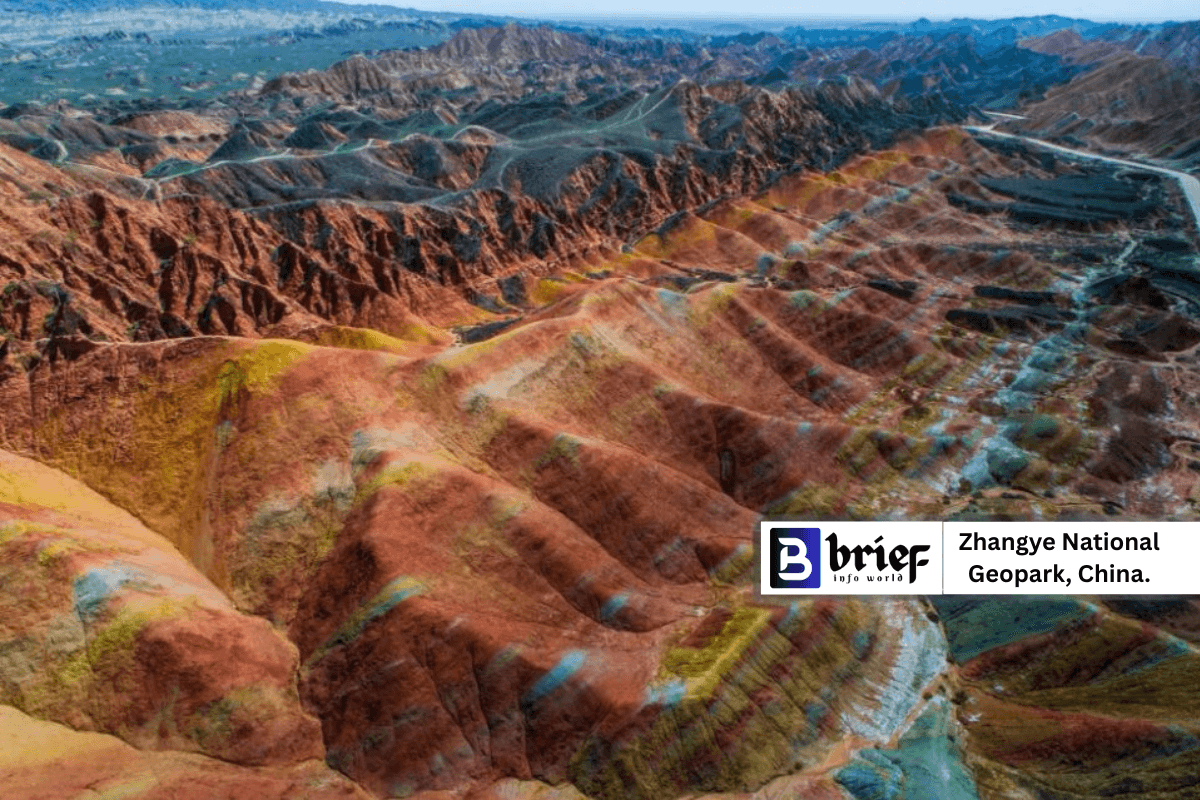



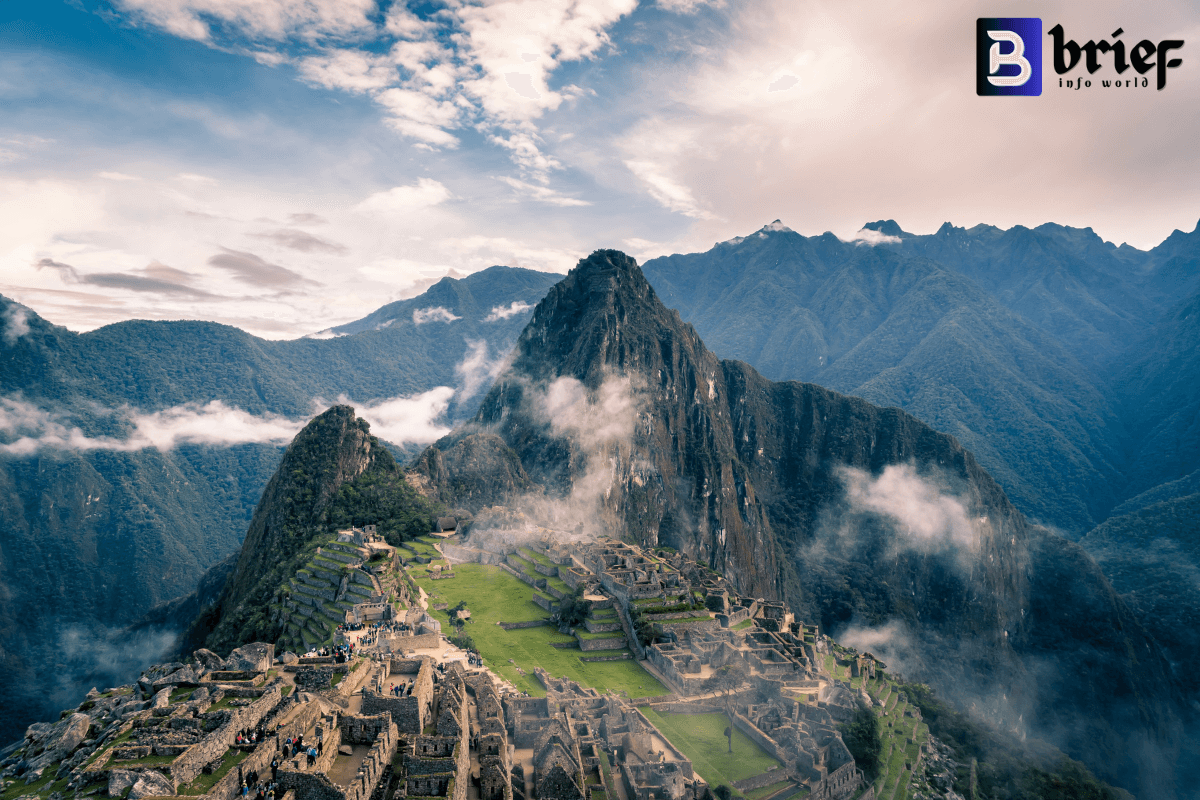
Leave a Reply